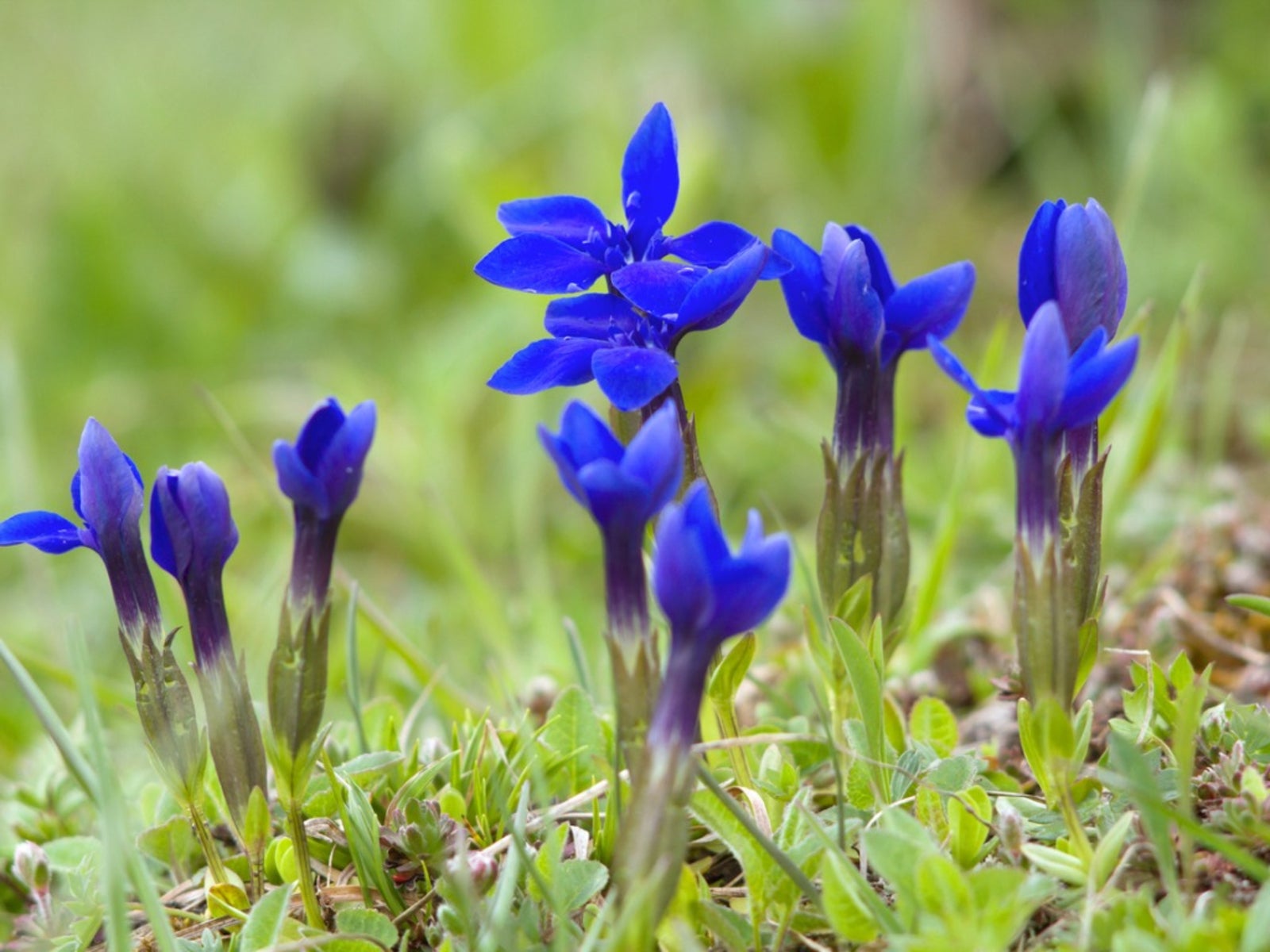How To Grow And Care For A Phlox Plant
What's up, plant lovers! Today, we're talking about one of my personal favorite plants - phlox. This colorful flower is a must-have in any garden, and in this post, we'll cover everything you need to know about phlox.

Plant Attributes
Phlox has a lot going for it. It's a hardy plant that comes in a variety of colors, including pink, white, and purple. Its delicate-looking flowers bloom in clusters, making it a great addition to any garden that needs a splash of color. Phlox is also versatile - it can be planted in garden beds, borders, and even containers.
Plant Care
Phlox is relatively low-maintenance, which makes it a great choice for beginner gardeners. It prefers well-draining soil and needs regular watering, especially during hot, dry spells. Phlox also likes to be fertilized regularly during the growing season to help it produce more blooms. Deadheading spent flowers will help the plant continue to bloom throughout the summer and early fall.
Pruning
Pruning is an important part of phlox care. The plant benefits from being cut back to about half its height in the early spring to encourage new growth and larger blooms. Pruning can also help prevent the plant from getting too leggy and top-heavy.
Propagation
If you want to propagate your phlox, the best time to do so is in the spring or fall. Phlox can be propagated through division - simply dig up the plant, separate the clumps, and replant them in new locations. Phlox can also be propagated through stem cuttings - take a 4-6 inch cutting from a healthy phlox plant, remove the lower leaves, and place the cutting in a pot with moist potting soil.
Potting & Repotting
If you're growing phlox in a container, make sure the pot has drainage holes to prevent the soil from becoming waterlogged. Phlox should be repotted every 2-3 years to prevent it from becoming root-bound. When repotting, use fresh potting soil, and make sure to plant the phlox at the same depth it was previously growing.
Common Pests & Plant Disease
Phlox is relatively resistant to pests and diseases, but it can occasionally fall victim to powdery mildew, which can cause leaves to yellow and wilt. To prevent mildew, make sure your phlox is planted in a location with good air circulation, avoid over-watering, and remove any infected leaves as soon as possible.
Common Problems
One of the most common problems gardeners encounter when growing phlox is lack of blooming. If your phlox isn't blooming, it could be due to a variety of factors, such as insufficient light, over-fertilization, or overcrowding. To encourage blooming, make sure your phlox is planted in a location that receives 6-8 hours of direct sunlight per day, avoid over-fertilizing, and thin out crowded clumps.
And there you have it, folks - everything you need to know about phlox! This beautiful plant is a great addition to any garden and is sure to brighten up your day. Happy planting!




Post a Comment for "How To Grow And Care For A Phlox Plant"